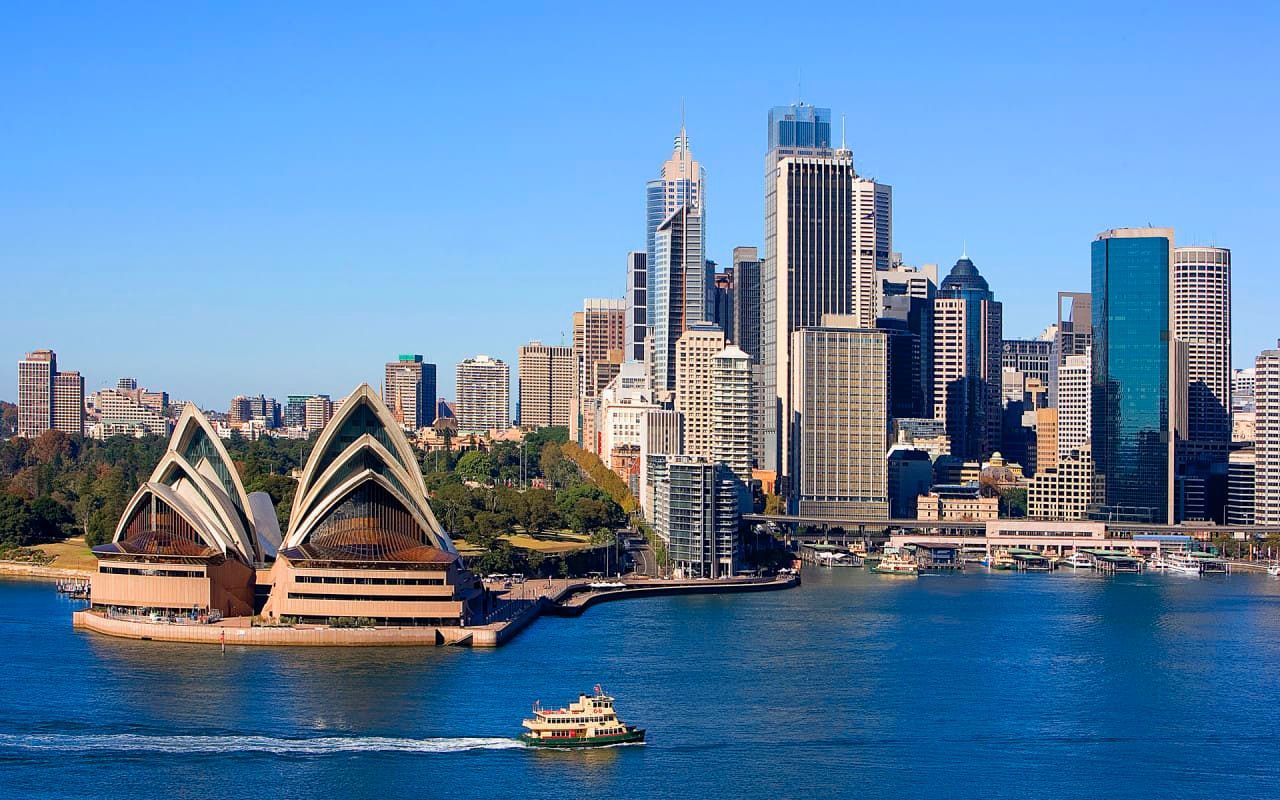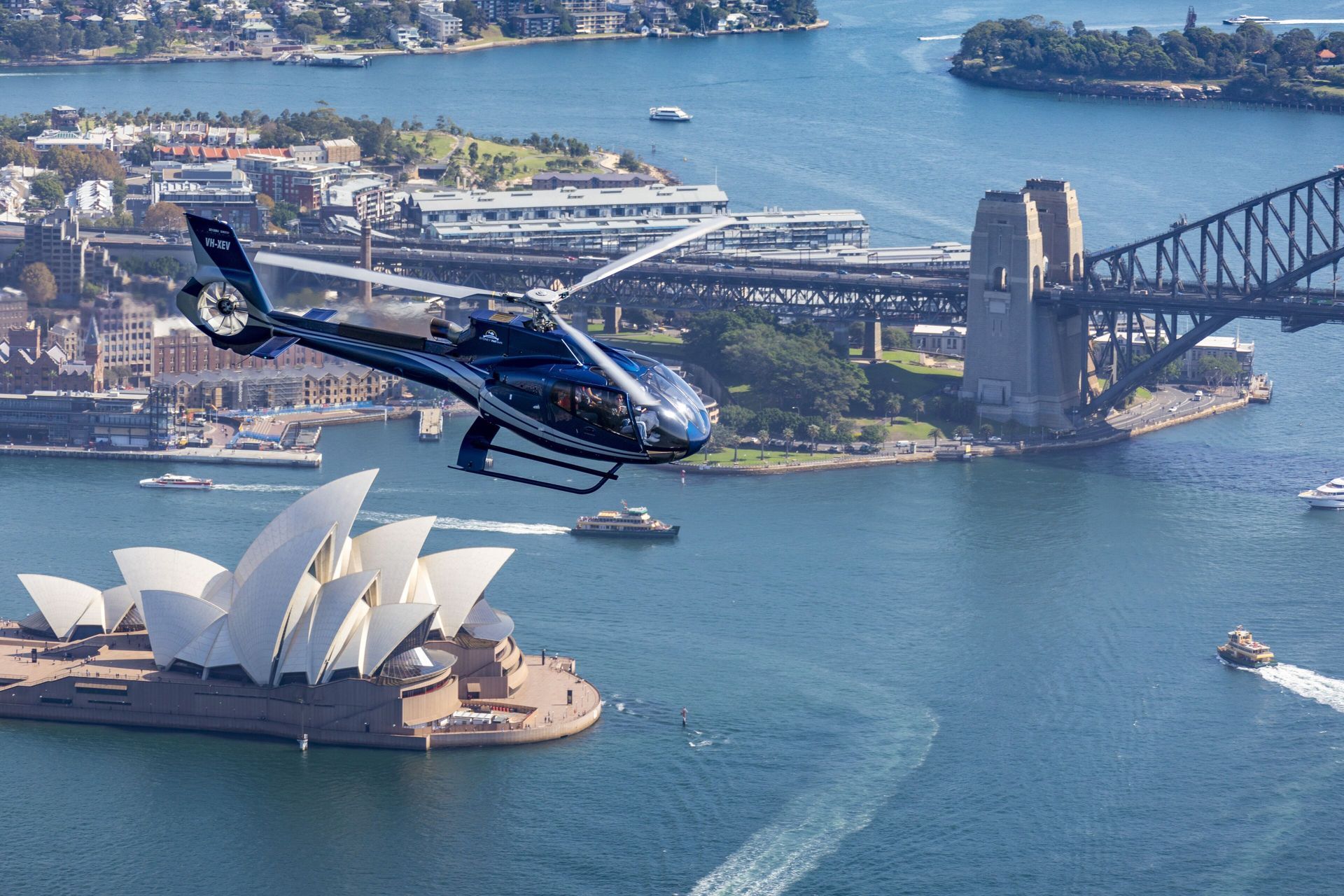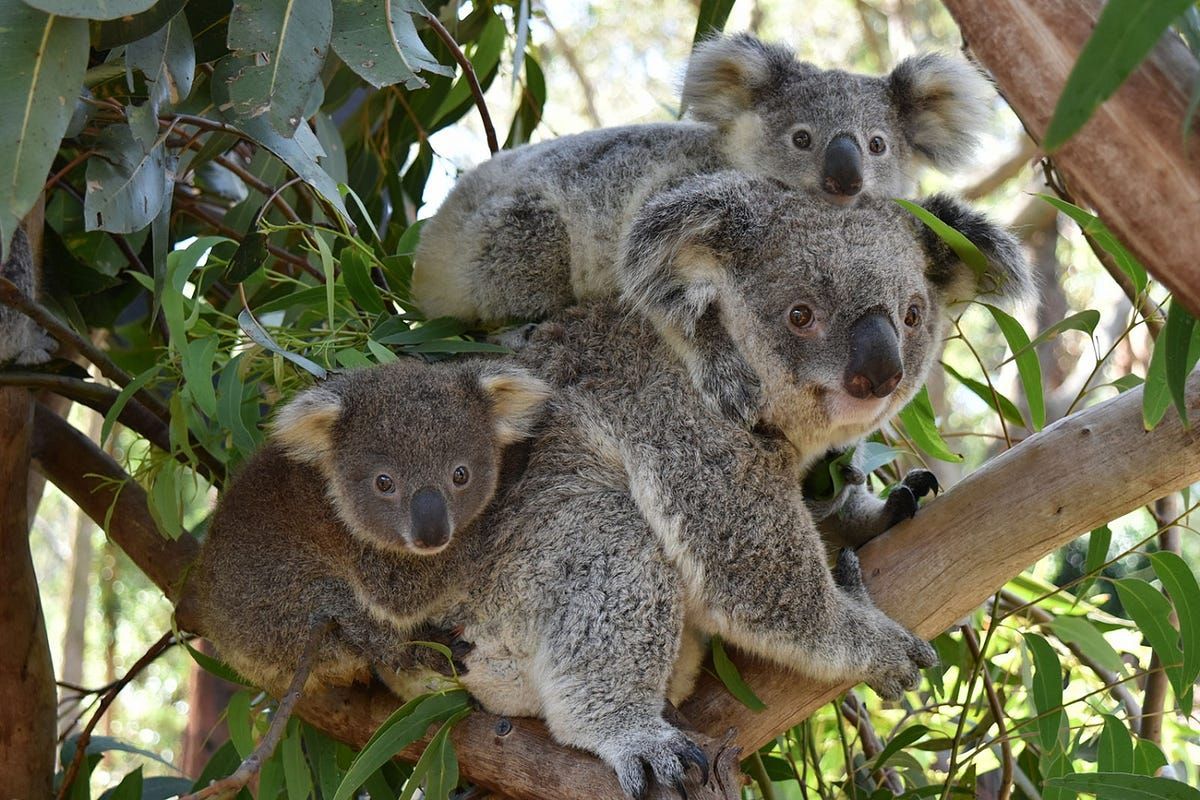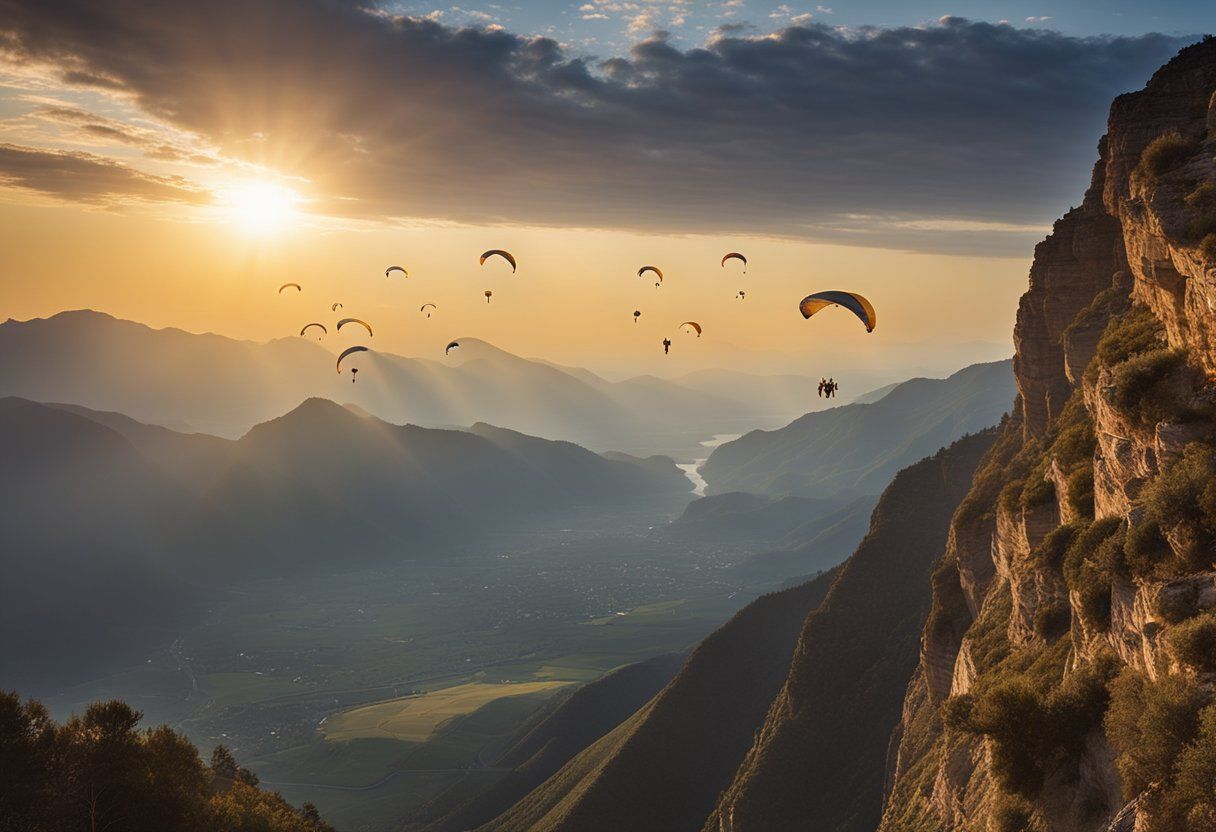To share
Embark on a surfing adventure of a lifetime! Explore Australia's 10 most remarkable surf spots, from hidden gems to world-famous breaks. Grab your board and ride the waves!

Australian Surfing
Australia's surf culture and history
Australia's relationship with surfing dates back to the early 1900s, when Hawaiian Duke Kahanamoku introduced the sport to the country. Since then, surfing has become deeply ingrained in Australian culture, shaping coastal communities and influencing lifestyle choices. The nation has produced numerous world-class surfers and hosted prestigious international competitions, cementing its status as a global surfing powerhouse.
Geographical diversity of surf spots
Australia's vast coastline, spanning over 25,000 kilometers, offers an incredible variety of surf spots. From the rugged shores of Western Australia to the tropical waters of Queensland, surfers can experience a wide range of wave types and conditions. The country's diverse geography creates unique surf environments, including point breaks, beach breaks, and reef breaks, catering to surfers of all skill levels.
Best times to surf in Australia
The optimal time for surfing in Australia varies depending on the region. Generally, the southern states experience better waves during winter (June to August), while the northern areas offer excellent conditions year-round. However, it's important to note that local weather patterns and swell directions can significantly impact surf quality. Monitoring surf forecasts and consulting local surf reports is advisable for planning your surfing adventure.
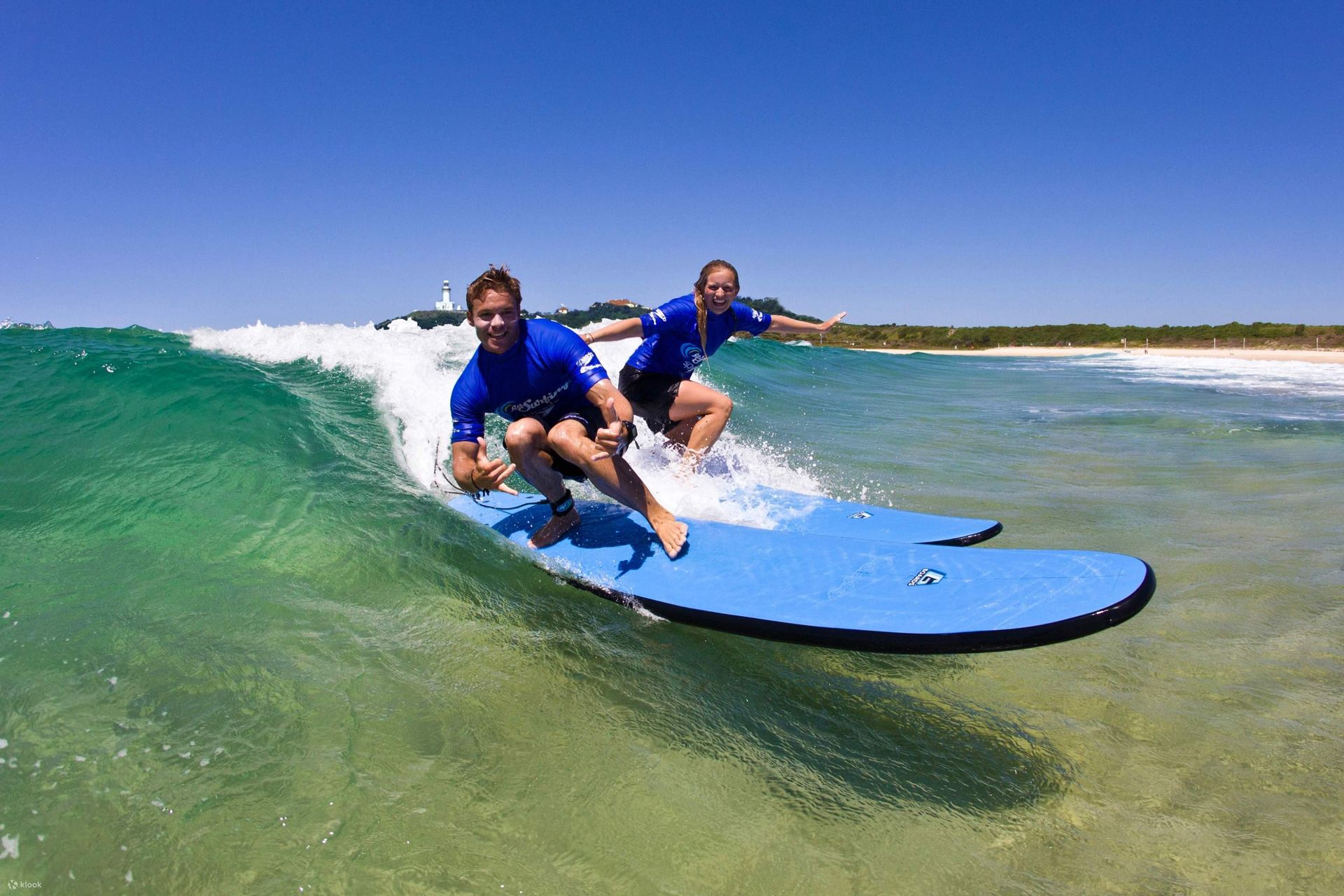
2. Byron Bay, New South Wales
Byron Bay, located on the north coast of New South Wales, is renowned for its beautiful beaches and consistent surf conditions. This coastal town has become a mecca for surfers from around the world, offering a variety of breaks suitable for different skill levels.
The Pass: A long, right-hand point break
The Pass is one of Byron Bay's most famous surf spots, known for its long, right-hand point break. This wave offers an exceptional ride, often allowing surfers to enjoy extended rides of up to 300 meters on a good day. The Pass is particularly popular among intermediate to advanced surfers due to its consistent shape and power.
"Surfing The Pass on a perfect day is like dancing on water. The wave seems to go on forever, giving you ample time to showcase your skills and enjoy the ride."
Wategos Beach: Perfect for longboarding
Wategos Beach is a picturesque cove that provides ideal conditions for longboarding. The gentle, rolling waves at this spot are perfect for beginners and those looking to practice their longboarding technique. The beach's protected location also makes it a great option on days when other spots might be too windy or choppy.
Tallow Beach: Consistent beach breaks
Tallow Beach, stretching for about 7 kilometers south of Cape Byron, offers consistent beach breaks suitable for surfers of all levels. This long stretch of sand provides multiple peaks, allowing surfers to spread out and find their own space. Tallow Beach is known for its reliability, often producing good waves even when other spots in the area are flat.
- The beach's southern end, known as Suffolk Park, is particularly popular among locals and can offer more challenging waves for experienced surfers.
- Tallow Beach is also a great spot for surf fishing and beachcombing, making it an excellent location for a full day of coastal activities.

3. Gold Coast, Queensland
Snapper Rocks: Home of the Superbank
Snapper Rocks, located at the southern end of the Gold Coast, is renowned for its world-class waves. The Superbank, a man-made sand pumping system, creates a continuous wave that can run for hundreds of meters. This spot offers consistent right-hand breaks suitable for experienced surfers.
Pros of surfing at Snapper Rocks include:
- Long, high-quality rides
- Consistent waves throughout the year
- Opportunity to surf alongside professionals
However, be prepared for crowds, especially during peak seasons and weekends.
Burleigh Heads: A classic right-hand point break
Burleigh Heads is a favorite among locals and tourists alike. This spot features a right-hand point break that wraps around the headland, providing long rides and barrel sections.
Key features of Burleigh Heads:
- Protected from strong northerly winds
- Suitable for intermediate to advanced surfers
- Beautiful natural surroundings
The best time to surf here is during a south to southeast swell with light offshore winds.
Kirra: Legendary barrels and hollow waves
Kirra is famous for its hollow waves and incredible barrel sections. This spot has produced some of the most memorable moments in surfing history.
What makes Kirra special:
- Fast, hollow waves
- Potential for extended barrel rides
- Rich surfing heritage
Kirra works best during a strong east to southeast swell. However, it can be challenging and is recommended for experienced surfers only.
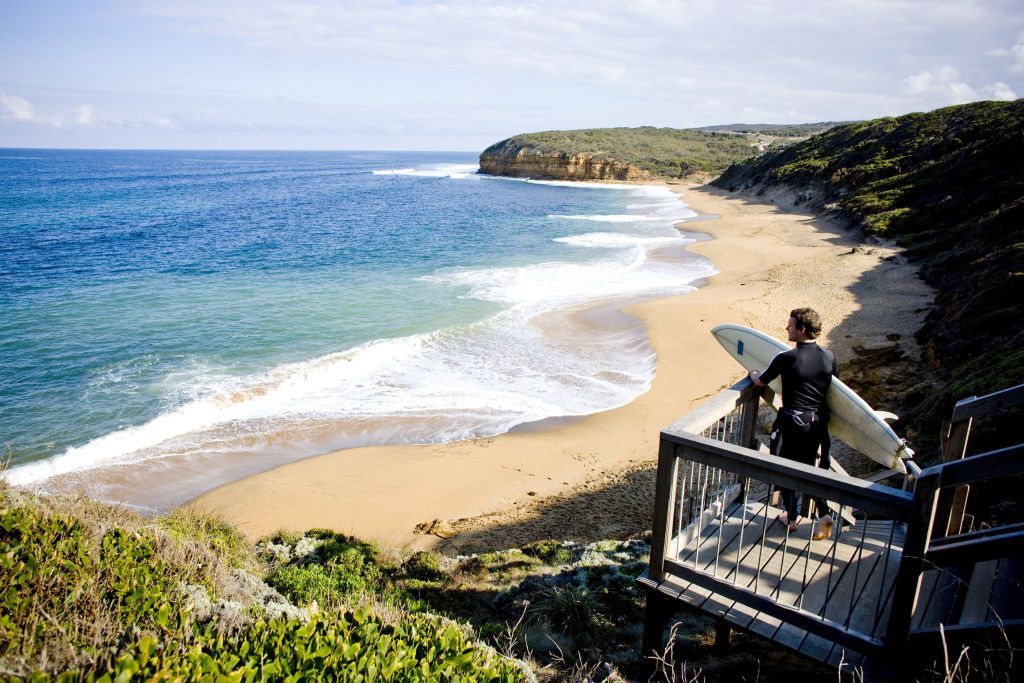
4. Bells Beach, Victoria
The Bells Bowl: Powerful and challenging waves
Bells Beach, home to the world's longest-running surfing competition, is known for its powerful waves. The Bells Bowl is the main attraction, offering challenging conditions for skilled surfers.
Characteristics of the Bells Bowl:
- Large, powerful waves
- Works best during southwest swells
- Iconic location in surfing culture
The best time to surf here is during autumn and winter when swells are more consistent.
Winki Pop: A fast and hollow right-hander
Adjacent to Bells Beach, Winki Pop offers a fast and hollow right-hand break. This spot is often less crowded than its famous neighbor but provides equally thrilling waves.
What to expect at Winki Pop:
- Fast, hollow right-handers
- Performs well in southwesterly swells
- Suitable for intermediate to advanced surfers
Winki Pop can offer excellent alternatives when Bells is too crowded or conditions aren't ideal.
Bird Rock: Less crowded alternative
Bird Rock, located just east of Bells Beach, is a less frequented spot that can offer quality waves without the crowds.
Advantages of surfing at Bird Rock:
- Less crowded than Bells Beach
- Works well in southerly swells
- Offers both left and right breaks
This spot is ideal for those seeking a more relaxed surfing experience while still enjoying the raw power of the Victorian coastline.
"Surfing Australia's diverse coastline offers experiences for every skill level, from the legendary barrels of Kirra to the powerful swells of Bells Beach. Each spot has its unique character, challenging surfers and rewarding them with unforgettable rides."
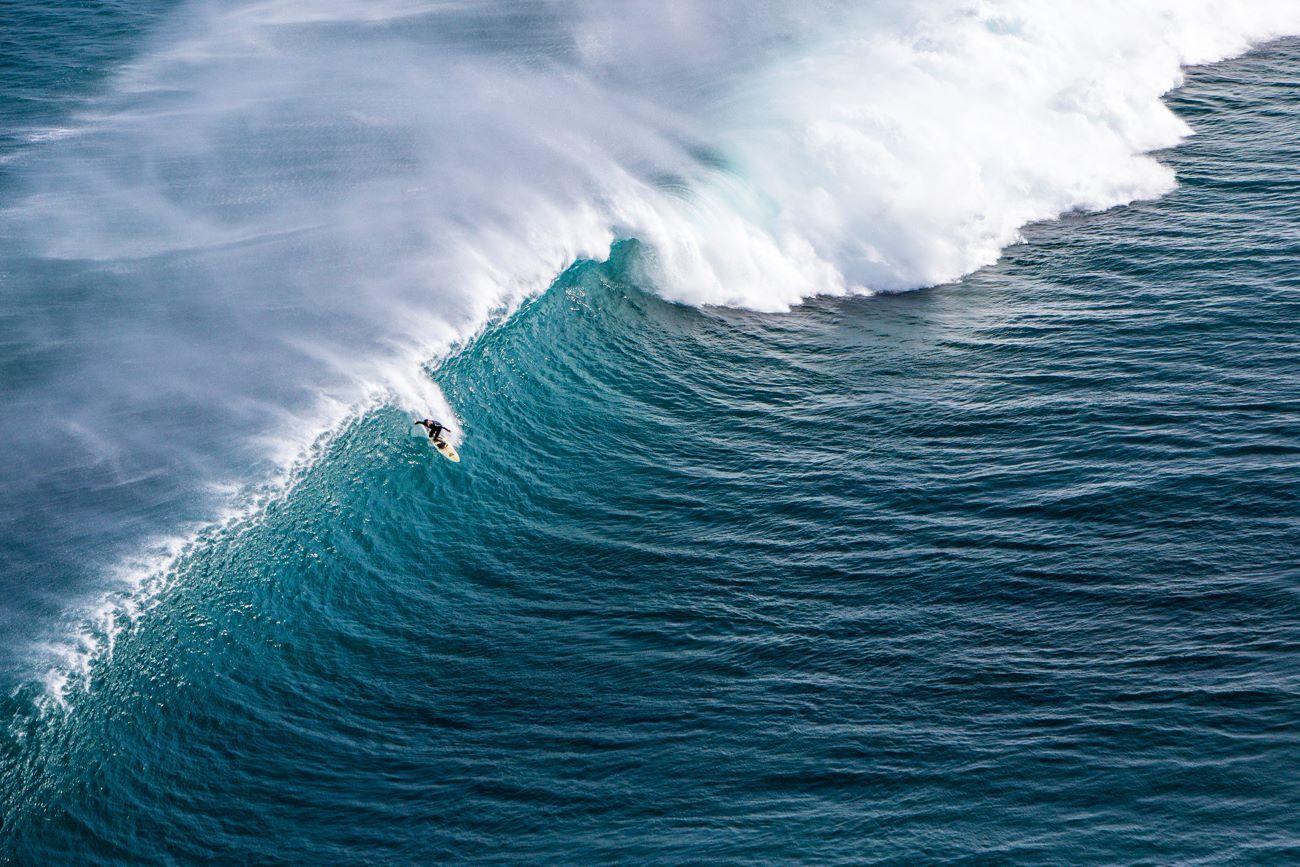
5. Margaret River, Western Australia
Margaret River, located in Western Australia, is renowned for its world-class surf breaks and stunning coastline. This region offers a diverse range of surf spots suitable for various skill levels.
Main Break: Big wave surfing
The Main Break at Margaret River is a premier destination for big wave surfing. This powerful reef break produces impressive swells, often reaching heights of 10 to 15 feet. The wave's consistency and shape make it a favorite among professional surfers and thrill-seekers.
"Margaret River's Main Break is the ultimate test for any serious big wave surfer." - Professional surfer, Taj Burrow
The Box: Heavy reef break for experienced surfers
The Box is a challenging reef break that demands respect and expertise. This wave is known for its hollow barrels and intense power, making it suitable only for experienced surfers. The wave breaks over a shallow reef, creating a fast and steep drop-in that requires precise timing and skill.
Surfers Point: Consistent waves for all levels
Surfers Point offers a more accessible option for surfers of varying abilities. This beach break provides consistent waves throughout the year, making it an ideal spot for beginners and intermediate surfers to practice and improve their skills. The long stretch of beach allows for multiple peaks, reducing crowding and providing ample space for surfers to catch waves.
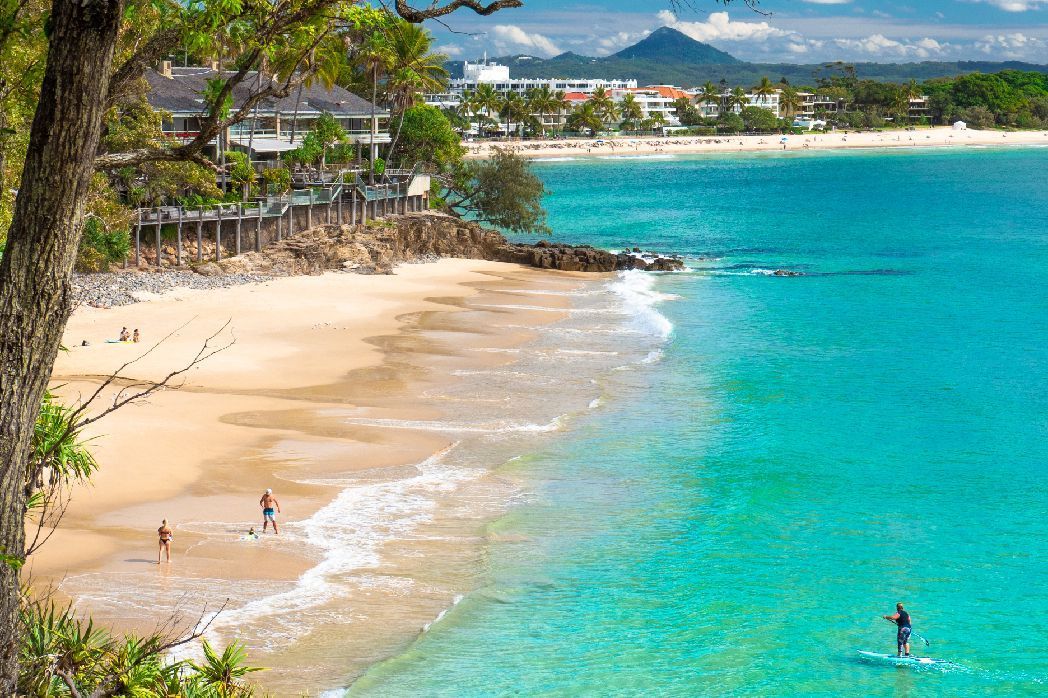
6. Noosa, Queensland
Noosa, situated on Queensland's Sunshine Coast, is a surfing paradise known for its long, peeling waves and picturesque beaches. The area boasts several world-class point breaks that cater to different skill levels.
First Point: Long, peeling waves
First Point is Noosa's most famous surf spot, offering long, smooth rides that are perfect for longboarding. The wave here can peel for up to 200 meters on a good day, providing an exhilarating experience for surfers of all levels. The gentle nature of the wave makes it an excellent spot for beginners to build confidence and for experienced surfers to showcase their style.
Tea Tree Bay: Less crowded option
For those seeking a quieter surfing experience, Tea Tree Bay is an excellent alternative to the more popular First Point. This spot offers similar long, peeling waves but with less crowd pressure. The beautiful surroundings of Noosa National Park add to the appeal of this surf spot.
Granite Bay: Powerful waves for experienced surfers
Granite Bay caters to more advanced surfers looking for a challenge. This spot produces powerful waves that break over a rocky bottom, creating fast and hollow sections. The wave here is less forgiving than other Noosa breaks, requiring a higher level of skill and experience to navigate successfully.
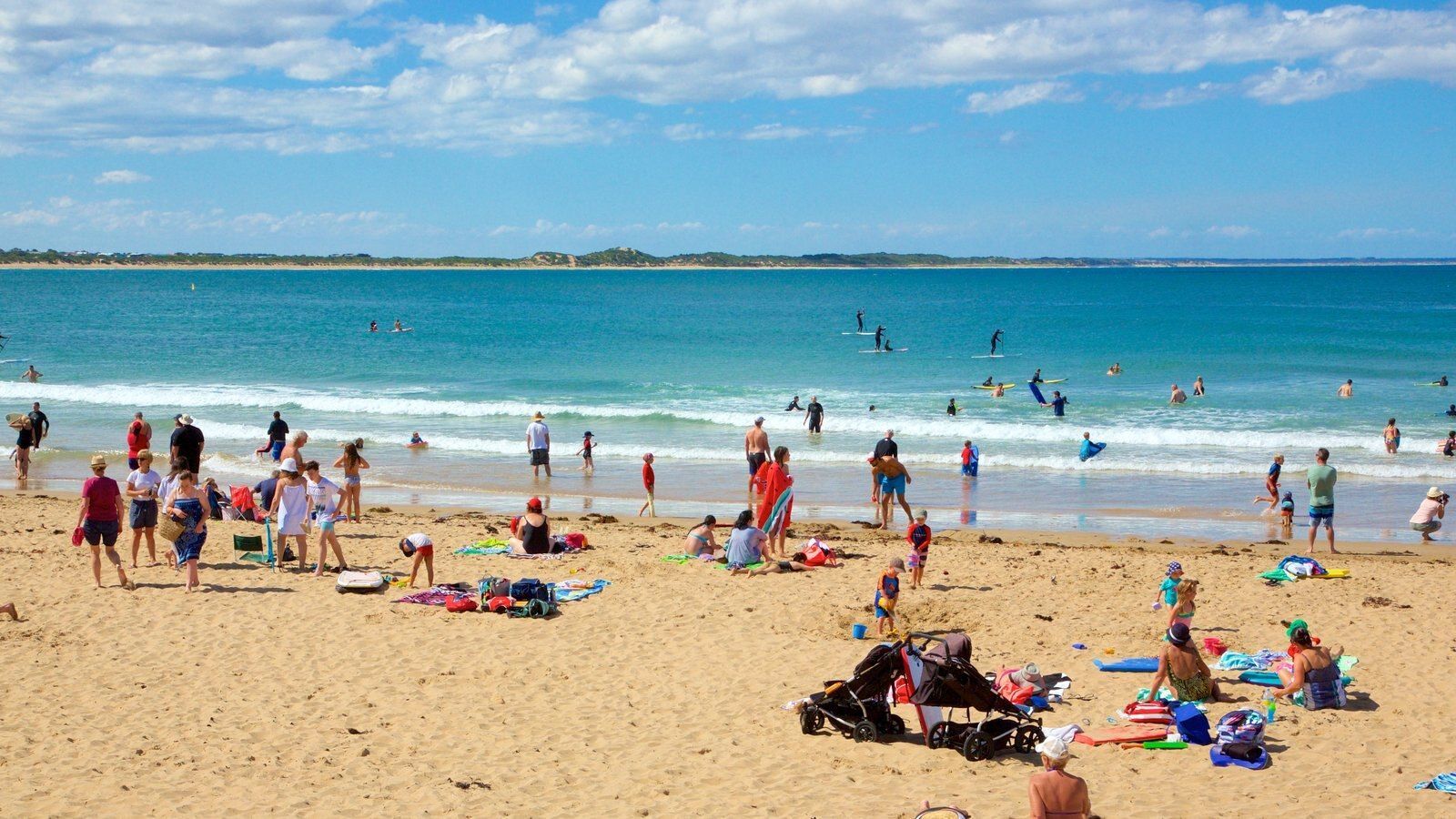
7. Torquay, Victoria
Torquay, known as the surfing capital of Australia, offers a variety of world-class breaks suitable for surfers of all levels. This coastal town is home to some of the country's most iconic surf spots.
Jan Juc: Powerful beach break
Jan Juc is renowned for its powerful waves and consistent swells. This beach break is particularly popular among experienced surfers due to its challenging conditions. The waves here can reach up to 2-3 meters, providing an exhilarating experience for those skilled enough to tackle them.
- Best time to surf: Autumn and winter months
- Wave type: Beach break with both left and right-handers
- Suitable for: Intermediate to advanced surfers
"Jan Juc's powerful waves have shaped some of Australia's best surfers. It's a true test of skill and courage." - Local surf instructor
Point Impossible: Long right-hander
Point Impossible is a gem for those seeking long, smooth rides. This right-hand point break offers waves that can stretch for hundreds of meters on good days. The spot is less crowded compared to some of Torquay's more famous breaks, making it a favorite among locals.
- Wave length: Can exceed 300 meters on ideal days
- Best conditions: South to southwest swells
- Ideal for: Intermediate to advanced surfers who enjoy long rides
Fishos: Consistent waves for all skill levels
Fishos, short for Fishermans Beach, is a versatile spot that caters to surfers of various abilities. Its consistent waves and relatively protected location make it an excellent choice for beginners and intermediate surfers looking to improve their skills.
- Wave size: Generally 1-2 meters, suitable for learners
- Best time: Works well year-round, especially in summer
- Amenities: Nearby parking and facilities make it convenient for families

8. Crescent Head, New South Wales
Crescent Head is a picturesque coastal town known for its laid-back atmosphere and excellent surf conditions. It's a must-visit destination for surfers seeking quality waves in a serene setting.
Point Break: Long, mellow right-hander
The Point Break at Crescent Head is famous for its long, smooth right-handers. On good days, skilled surfers can ride waves for up to 600 meters, making it one of the longest rides in Australia. The mellow nature of the wave makes it suitable for longboarders and those who enjoy a more relaxed surfing style.
- Wave characteristics: Long, peeling right-handers
- Best conditions: East to northeast swells
- Ideal board: Longboards or mid-length boards
"Crescent Head's Point Break offers one of the most enjoyable and longest rides you'll find anywhere in Australia." - Professional longboarder
Killick Beach: Beach break for all levels
Killick Beach provides a more accessible option for surfers of various skill levels. This beach break offers both left and right-handers, with waves that are generally less intimidating than those at the Point Break.
- Wave types: Mix of lefts and rights
- Suitability: Good for beginners to advanced surfers
- Best time: Works well in various conditions, particularly good in summer
Delicate Nobby: Secluded surf spot
For those seeking a more secluded surfing experience, Delicate Nobby offers a pristine beach break away from the crowds. This hidden gem requires a short hike to access, but the effort is rewarded with uncrowded waves and stunning natural scenery.
- Access: 15-minute walk from the nearest parking area
- Wave quality: Consistent beach break with both lefts and rights
- Atmosphere: Peaceful and unspoiled natural environment

9. Angourie, New South Wales
Angourie Point: World-class right-hand point break
Angourie Point is renowned for its exceptional right-hand point break, attracting surfers from around the globe. The break offers long, smooth rides that can stretch for hundreds of meters on a good day. The wave's consistency and shape make it suitable for a range of skill levels, from intermediate to advanced surfers.
"Angourie Point is like a surfer's dream come true. The waves here are so perfectly formed, it's almost like they were designed by nature specifically for surfing."
Spooky Beach: Powerful beach break
Spooky Beach lives up to its name with its intense and challenging waves. This beach break is known for its powerful surf, making it a favorite among experienced surfers looking for an adrenaline rush. The beach's exposure to southerly swells creates some of the most formidable waves in the area.
Green Point: Less crowded alternative
For those seeking a quieter surfing experience, Green Point offers a less crowded alternative to the more popular spots in Angourie. This point break provides consistent waves and is often overlooked by tourists, making it a hidden gem for local surfers and those in the know.
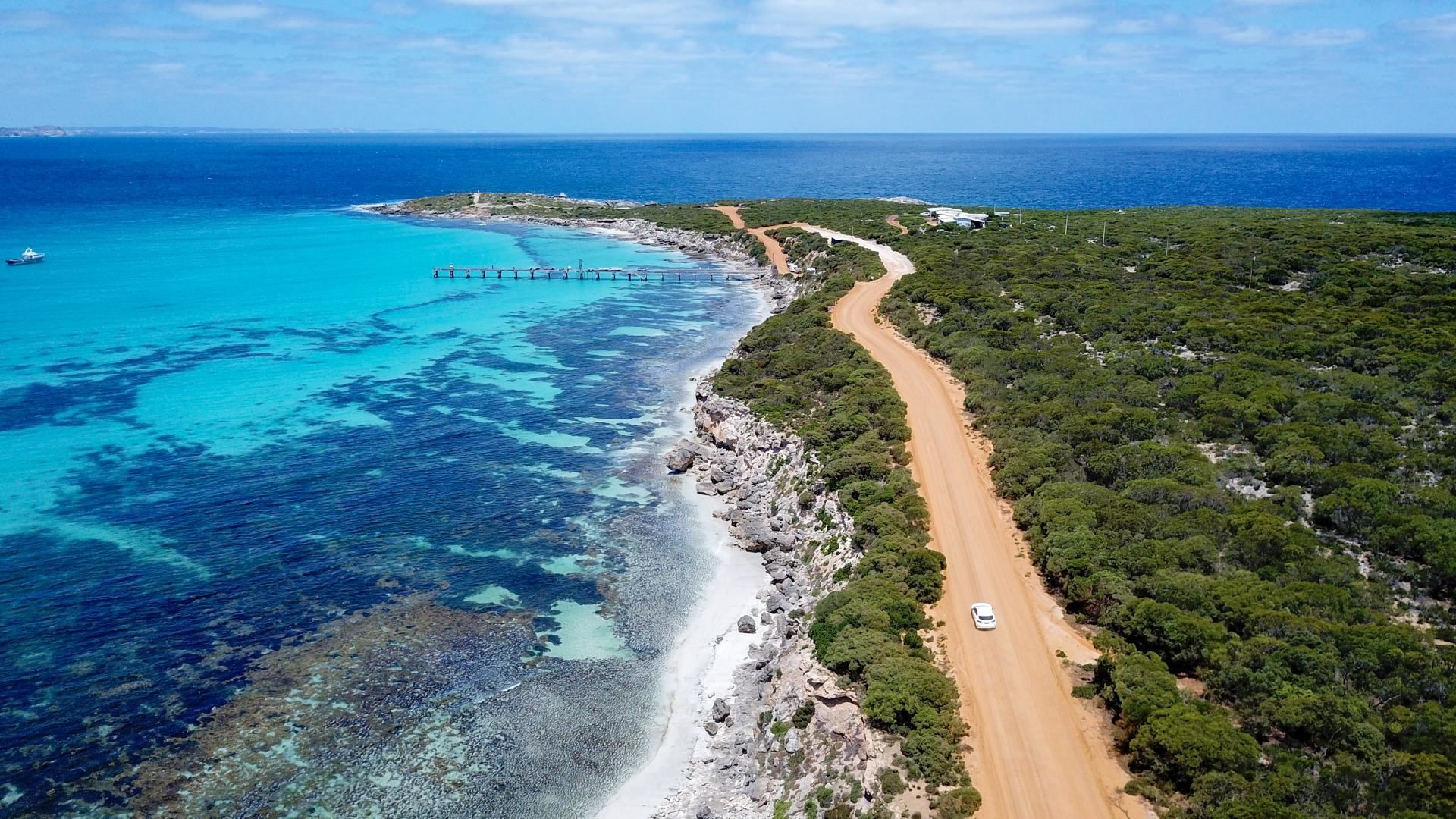
10. Kangaroo Island, South Australia
Vivonne Bay: Consistent waves in a picturesque setting
Vivonne Bay is not only one of Australia's most beautiful beaches but also a fantastic surf spot. The bay offers consistent waves year-round, making it an ideal destination for surfers of all levels. The crystal-clear waters and pristine white sand create a stunning backdrop for your surfing adventure.
Pennington Bay: Powerful waves for experienced surfers
Pennington Bay is known for its powerful and challenging waves, attracting experienced surfers from far and wide. The bay's exposed position on the south coast of Kangaroo Island means it picks up substantial swells, creating some of the most exhilarating surf conditions in South Australia.
Hanson Bay: Remote and uncrowded surf spot
Hanson Bay is a remote and relatively untouched surf spot on Kangaroo Island. Its isolation ensures uncrowded waves and a peaceful surfing experience. The bay offers a variety of breaks suitable for different skill levels, from gentle rollers to more challenging reef breaks.
Summary: Australia's Surfing Paradise
Recap of the top 10 surf spots
Australia boasts an incredible array of surf spots, each offering unique experiences and challenges. From the iconic Bells Beach in Victoria to the remote breaks of Kangaroo Island, there's something for every surfer in this vast country.
Diversity of wave types and skill levels
One of the most impressive aspects of Australia's surf scene is the diversity of wave types and skill levels catered to. Whether you're a beginner looking for gentle beach breaks or an experienced surfer seeking powerful point breaks, Australia has it all.
Importance of respecting local surf etiquette
As with any surfing destination, it's crucial to respect local surf etiquette when visiting these spots. This includes understanding the pecking order in the lineup, not dropping in on other surfers, and being aware of your own skill level in relation to the conditions.
Frequently Asked Questions
What's the best time of year to surf in Australia?
The best time to surf in Australia varies depending on the location. Generally, the southern states experience better conditions during summer (December to February), while the northern areas have more consistent waves during winter (June to August). However, many spots offer good surfing year-round, so it's worth researching specific locations for the best times to visit.
Are these surf spots suitable for beginners?
While many of the spots mentioned are better suited for intermediate to advanced surfers, there are options for beginners as well. Beaches like Byron Bay in New South Wales and Torquay in Victoria offer more forgiving conditions for those just starting out. It's always advisable for beginners to seek local advice and perhaps take a lesson before venturing into the water.
What should I know about surf safety in Australia?
Surf safety is paramount in Australia. Always swim and surf between the flags on patrolled beaches, be aware of rip currents, and never surf alone. It's also important to be mindful of marine life, particularly in certain areas known for shark activity. Familiarize yourself with local conditions and any potential hazards before entering the water.

